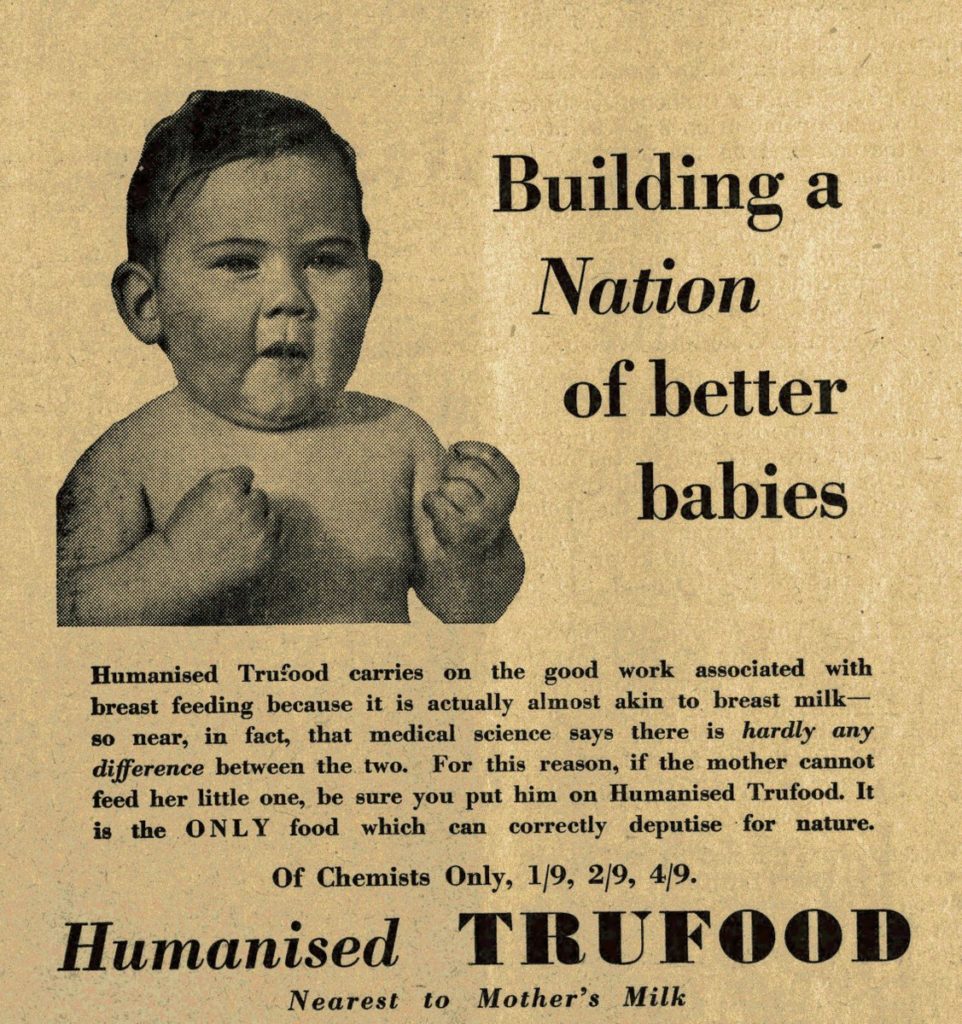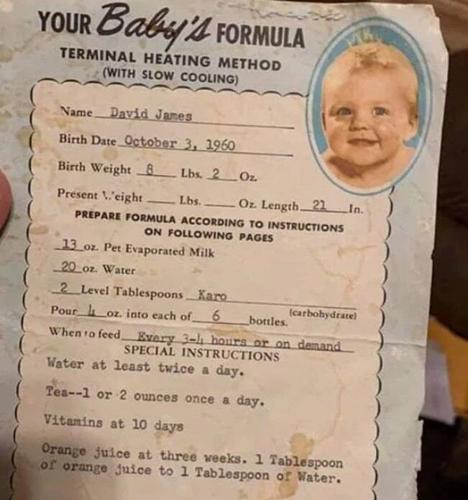Gastropod looks at food through the lens of science and history.
Co-hosts Cynthia Graber and Nicola Twilley serve up a brand new episode every two weeks.
Co-hosts Cynthia Graber and Nicola Twilley serve up a brand new episode every two weeks.

An advertisement for "Humanised Trufood," a formula marketed in the early 1900s. (Image courtesy of University College Dublin digital library.)
Carla Cevasco is a historian studying food, gender, culture, and race at Rutgers University. Her first book, Violent Appetites, covered the history of hunger in colonial America, and she's working on an upcoming book about feeding infants and children in early America.
Cecilia Tomori is the director of Global Public Health and Community Health at the Johns Hopkins School of Nursing , as well as an anthropologist and public health scholar with expertise in breastfeeding, infant sleep, and maternal child health. Her books include Nighttime Breastfeeding: An American Cultural Dilemma, Breastfeeding: New Anthropological Approaches, and the Routledge Handbook of Anthropology and Reproduction.
Lawrence Weaver is a pediatrician and the author of White Blood: A History of Human Milk. He is an emeritus professor of child health and honorary senior research fellow at the University of Glasgow School of Medicine.

A formula advertisement that went viral during the formula shortage in the US. Doctors today don't recommend such homemade formulas as safe for growing babies.
Amy Bentley is a professor in the department of Nutrition, Food Studies and Public Health at New York University, and author of Inventing Baby Food: Taste, Health, and the Industrialization of the American Diet. You can also hear her talking about what babies eat after human milk in our earlier episode, First Foods: Learning to Eat.
Veronica Mak is a professor at Hong Kong Shue Yan University whose research encompasses medical anthropology, food, family and culture. She is the author of Milk Craze: Body, Science, and Hope in China.
Click here for a transcript of the show. Please note that the transcript is provided as a courtesy and may contain errors.
Thanks to our friends at the Burroughs Wellcome Fund, for this episode, we’re able to share an issue of our special supporters’ newsletter, crammed full of extras, with you all! The coverage of the formula shortage might make it sound like there are only two options for feeding babies: breastfeeding or mixing up formula. Historically, of course, there was a third option: a wet nurse. Today, there’s a new spin on that old solution: milk banks, or organized centers that collect human milk from donors. In this special newsletter, read on for the story of the modern history and science of sharing milk, plus the strange underground market for breast milk among not just pumping moms—but people who pump iron, too! (And, if you like what you read, get on the list for future newsletters by supporting Gastropod. We rely on listener generosity to make Gastropod—thank you!)